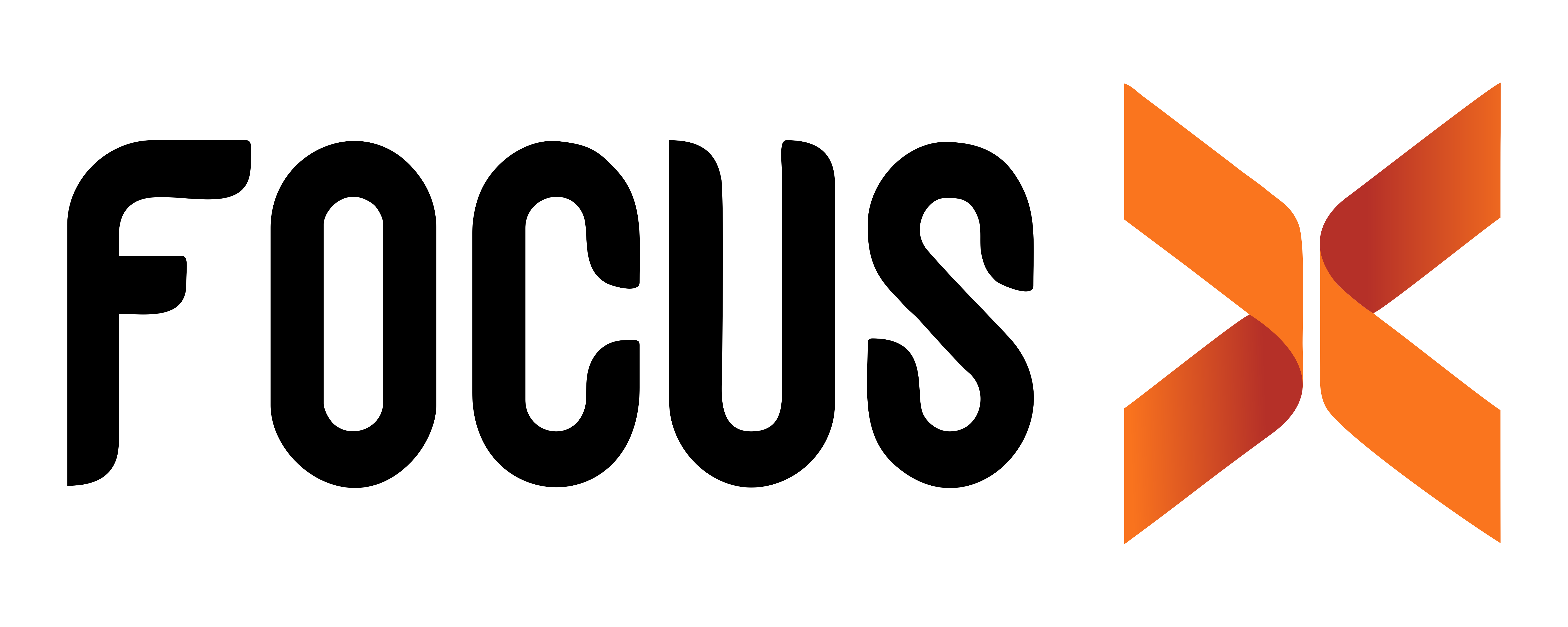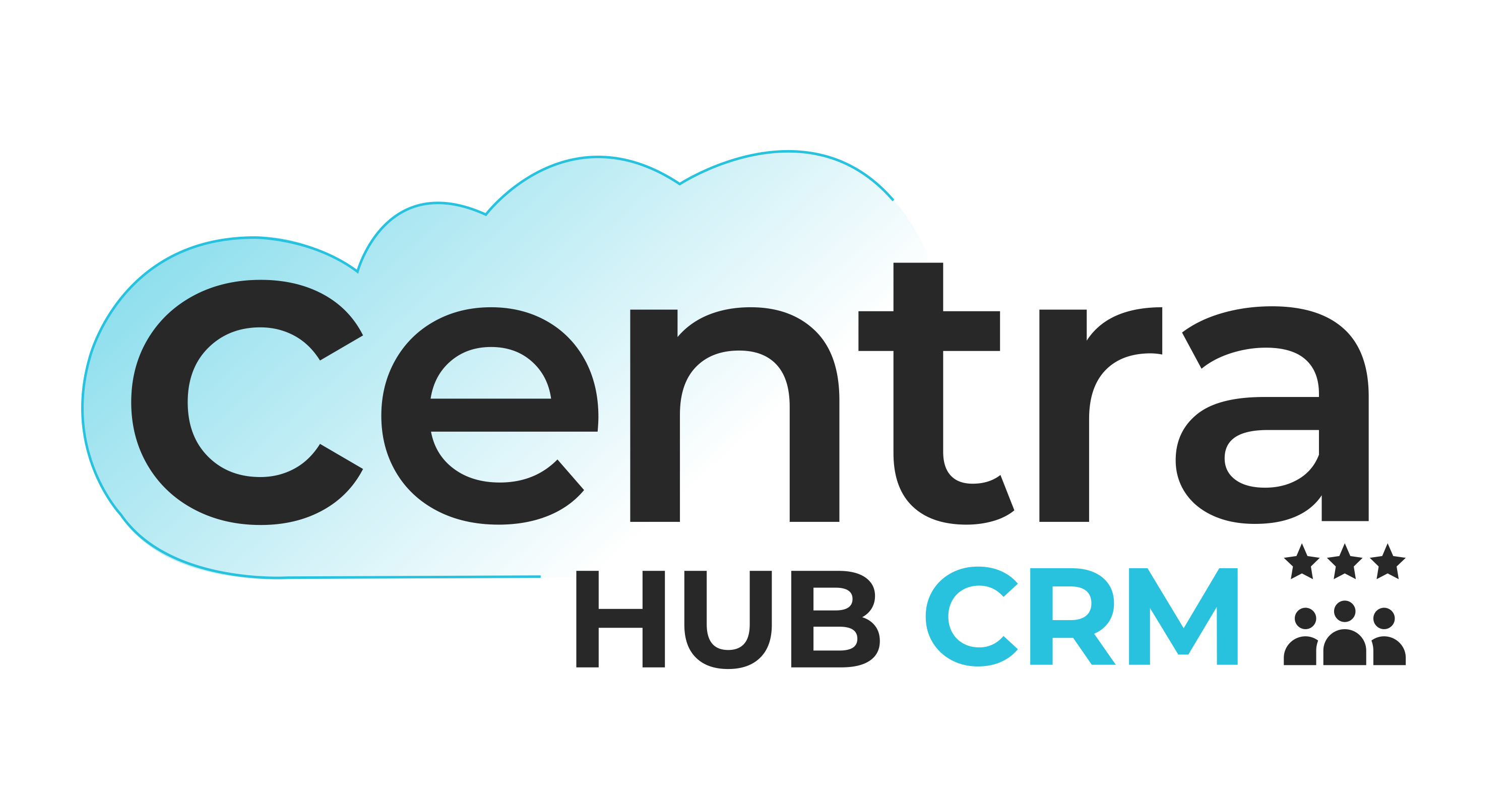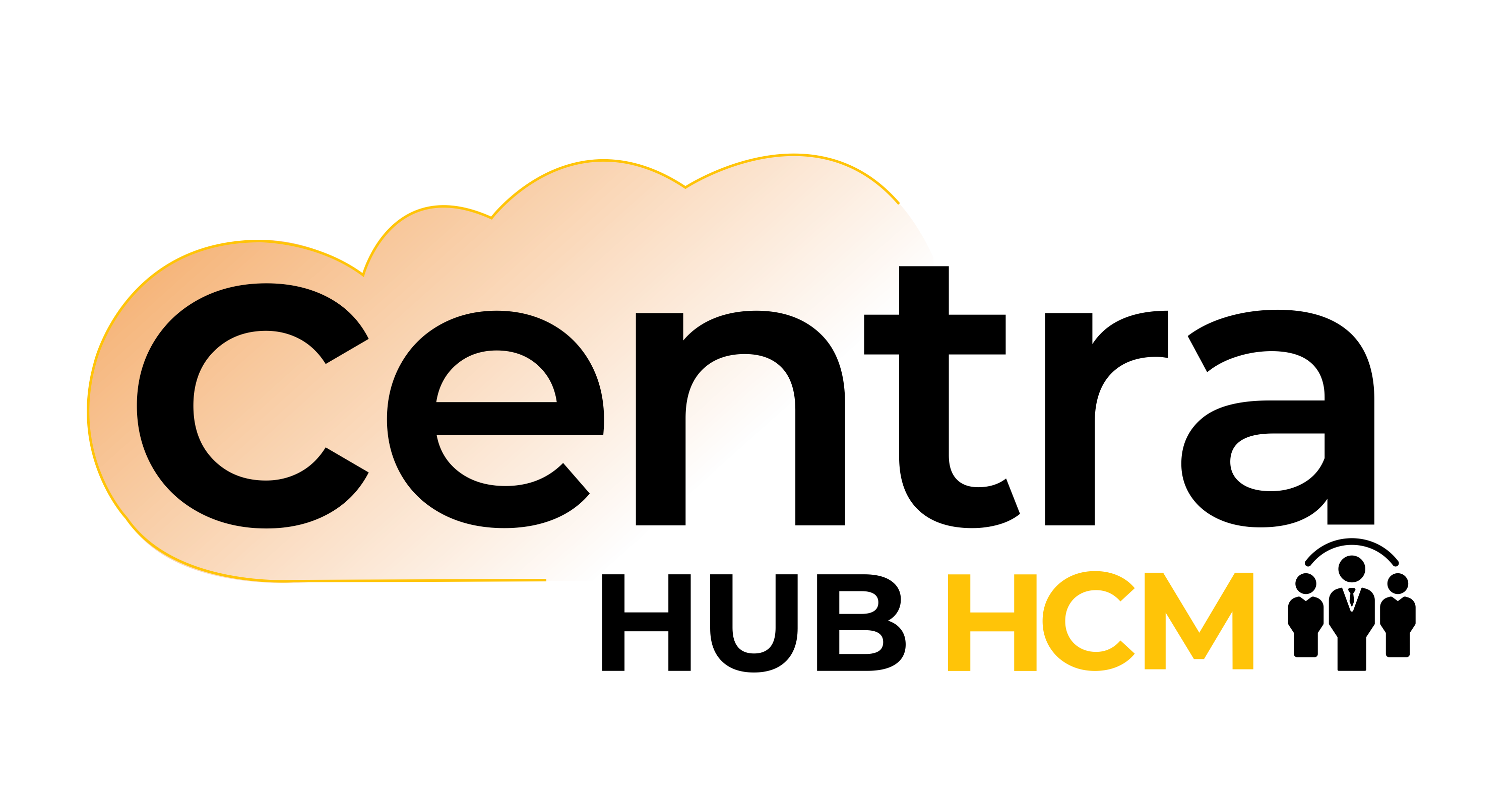Understanding HCM and Analytics
Human Capital Management (HCM) refers to the comprehensive set of practices and processes aimed at effectively managing an organization's workforce. It encompasses various areas, including recruitment, onboarding, talent management, performance management, training and development, and employee engagement.
Analytics, on the other hand, involves the use of data, statistical methods, and analytical tools to extract meaningful insights and patterns. In the context of HCM, HR analytics refers to the analysis of employee data to understand trends, patterns, and correlations that impact employee performance, engagement, and retention.
Importance of HCM and Analytics in Optimizing Employee Performance
HCM and analytics can have a significant impact on employee performance and contribute to the overall success of an organization. Here are several ways HCM and analytics help optimize employee performance:
1. Data-driven decision making
HCM and analytics provide businesses with valuable data and insights on their workforce. By collecting and analyzing data on employee performance, engagement, training, and development, organizations can make informed decisions. These data-driven decisions can lead to targeted interventions, improved training programs, and enhanced performance management strategies.
2. Identifying performance drivers
HR analytics software enables organizations to identify the key drivers of employee performance. By analyzing various data points such as skills, competencies, experience, and engagement levels, organizations can identify the factors that positively or negatively impact employee performance. This understanding allows businesses to focus on areas that can drive performance improvements and implement targeted interventions accordingly.
h33. Predictive analytics for talent management
Predictive analytics is a powerful application of HR analytics. By analyzing historical data, businesses can predict future employee performance and identify high-potential employees. This enables organizations to make proactive decisions regarding talent management, succession planning, and leadership development. By identifying and nurturing top performers, organizations can optimize employee performance and ensure a pipeline of future leaders.

4. Performance management and feedback
HCM platforms equipped with performance management systems enable organizations to set clear performance goals, track progress, and provide continuous feedback. By leveraging analytics, organizations can gain insights into individual and team performance, monitor goal achievement, and identify areas for improvement. Real-time feedback and performance tracking foster a culture of accountability, growth, and continuous improvement.
5. Employee engagement and retention
HCM and analytics play a critical role in understanding and improving employee engagement. By analyzing employee feedback, sentiment analysis, and other engagement metrics, organizations can identify factors that contribute to employee satisfaction and engagement. These insights help design targeted engagement initiatives, improve workplace culture, and increase employee retention.
6. Training and development
Analytics in HCM can be instrumental in identifying skill gaps and training needs within the organization. By analyzing employee data and performance metrics, organizations can identify areas where additional training or development opportunities are needed. This data-driven approach to training and development ensures that resources are allocated effectively, leading to improved employee performance and growth.
7. Workforce planning and optimization
HCM and analytics facilitate strategic workforce planning. By analyzing data on employee demographics, skills, performance, and turnover, organizations can make informed decisions regarding workforce size, structure, and composition. This proactive approach to workforce planning ensures that organizations have the right talent in the right roles, maximizing employee performance and overall organizational effectiveness.
Conclusion
HCM and analytics have become invaluable tools for optimizing employee performance in today's dynamic business environment. By leveraging HCM platforms and HR analytics software, organizations can gain insights into their workforce, make data-driven decisions, and implement strategies to enhance employee performance, engagement, and retention. The combination of HCM and analytics empowers organizations to create a culture of continuous improvement, develop top talent, and drive overall business success.







